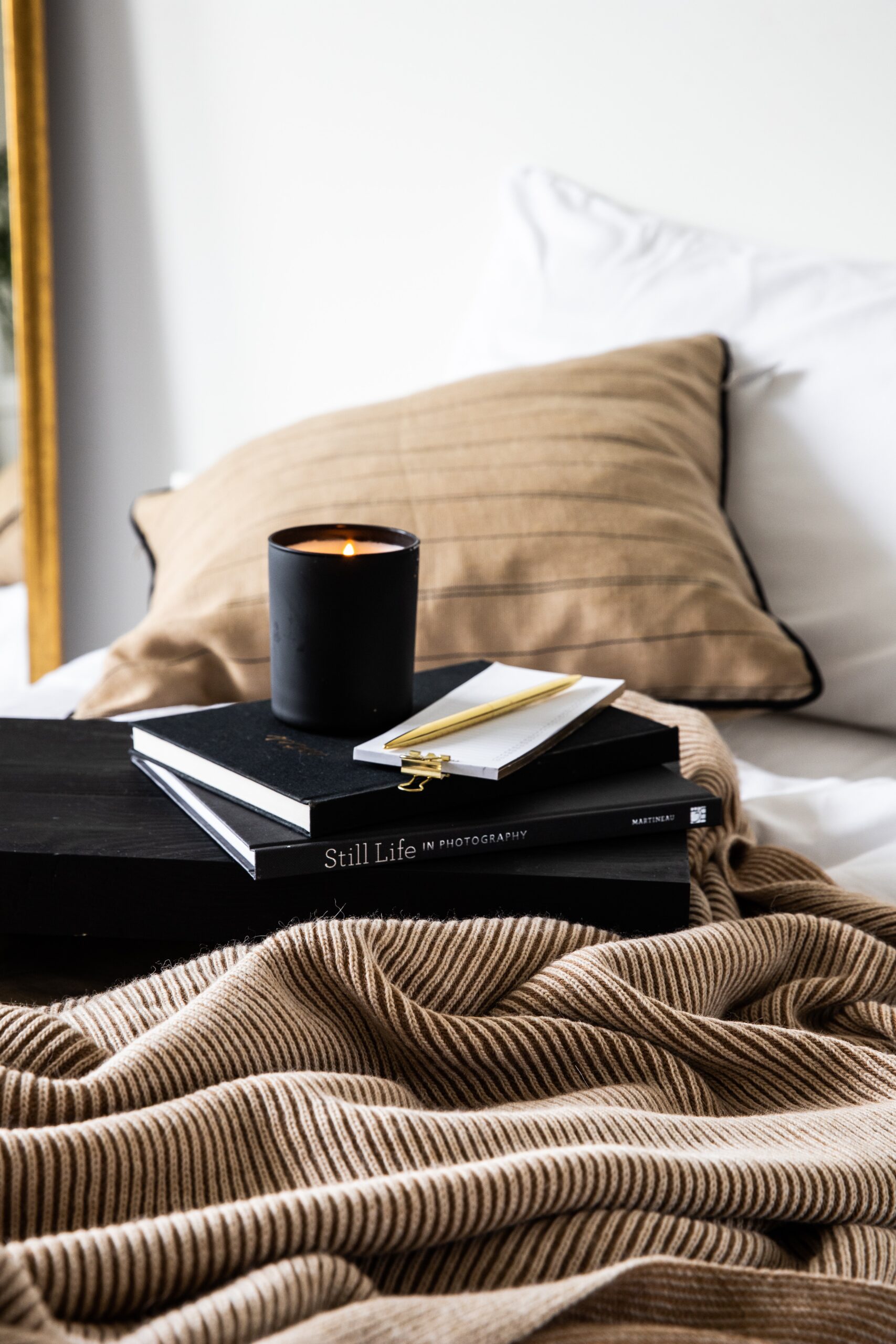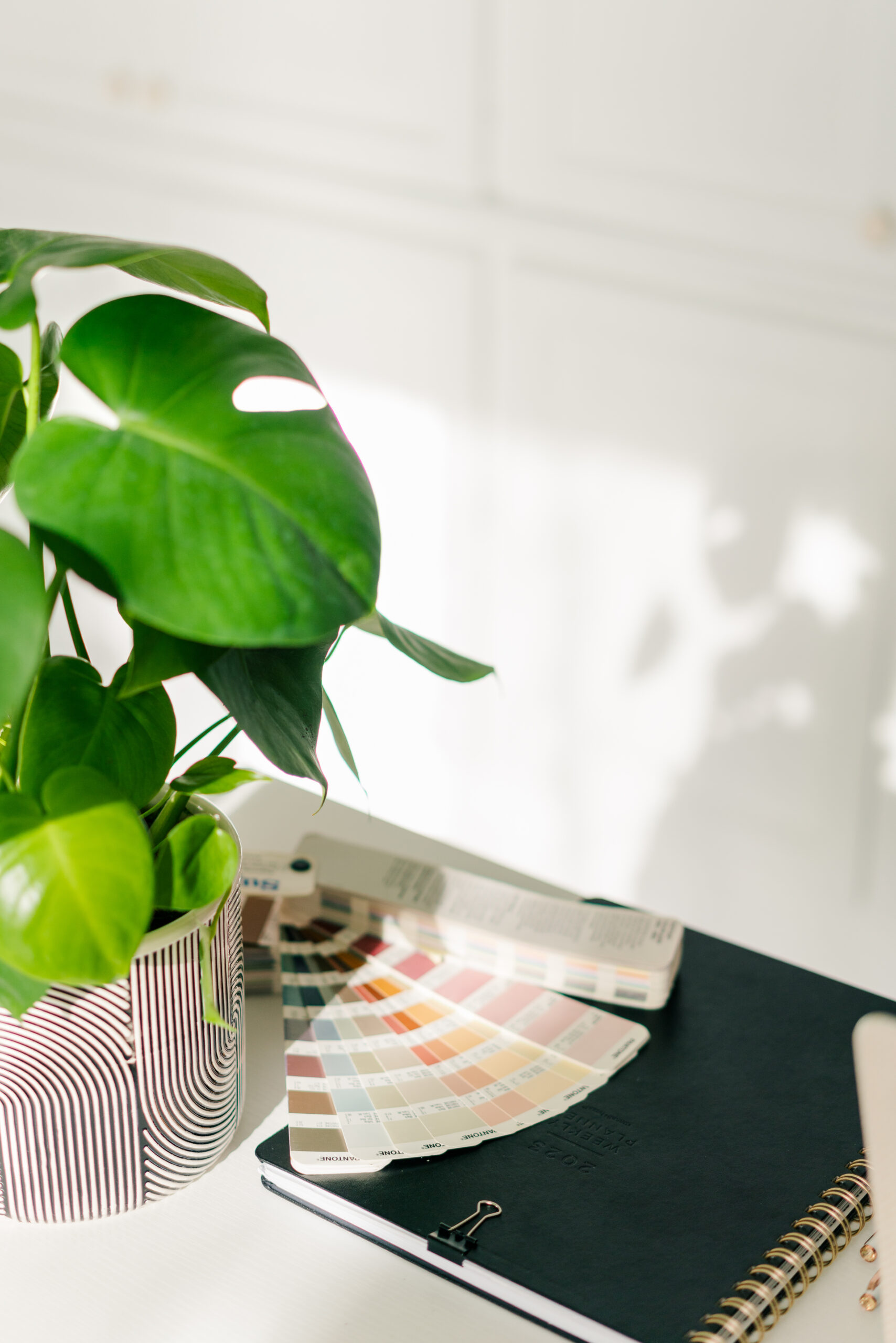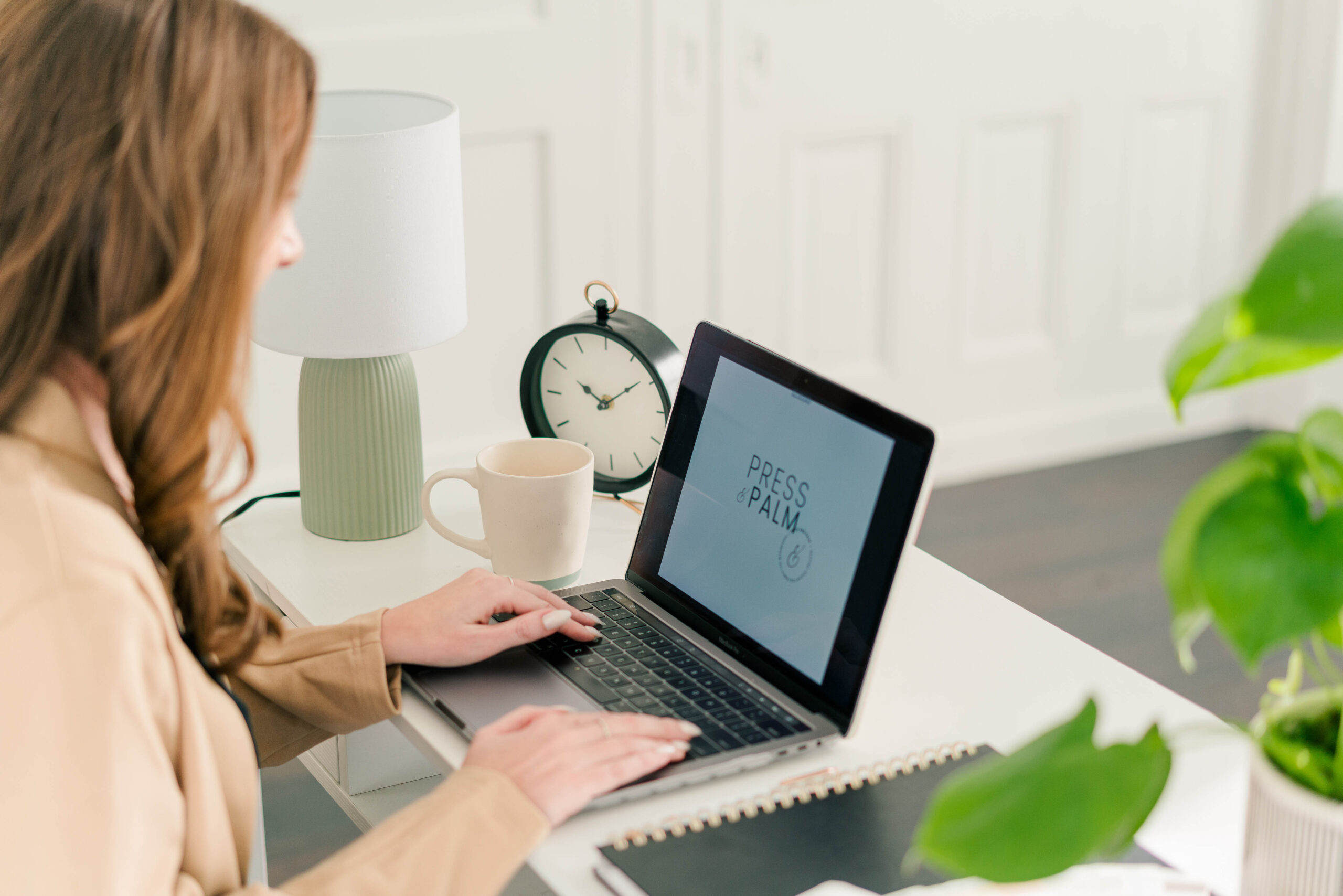Welcome to Part 7 of the Brand Strategy Summer Series! This 8-part series dives into the processes behind my Brand Strategy sessions with clients while also giving you bite-sized, actionable tips to dive into your own brand. After following along on this 8-part series, not only will you be able to complete a full brand design, you’ll have a totally new internal and external identity by the end of the summer.
If you missed Parts 1-6 from the Brand Strategy Summer Series, you can access those past blogs below.
Part 1: Brand Foundations
Part 2: Finding and Understanding Your Audience
Part 3: Mastering the Art of Positioning
Part 4: Crafting a Captivating Brand Voice
Part 5: Designing a Mood Board Connected to Your Brand Identity
Part 6: Using Color Psychology in Your Brand Design
Part 7 of The Brand Strategy Series is all about selecting fonts that align with your branding.
Typography is a POWERFUL design element that plays a significant role in shaping the personality and visual impact of any brand or communication medium. Choosing fonts that have unique personalities that can evoke specific emotions, set the tone, and convey a brand’s identity. Think about how often we associate a certain font with a specific store, brand, or logo? As a brand designer, understanding the personalities of different font types enables you to create designs that resonate with the target audience and effectively convey the brand’s essence.
I feel like the “decision” behind a font can often go underrated. People outside of branding or design might not realize the changes a different swoop of a letter tail or different thickness of a letter base can create. Understanding the degrees of various font types is essential for creating impactful and cohesive designs. In this blog post, we will dive into the world of typography and explore the personalities of different font types.
- Serif Fonts: Serif fonts are characterized by small decorative strokes or “legs” at the ends of letters. These fonts typically have a timeless and traditional feel, making them suitable for brands that aim to convey sophistication, authority, and reliability. They are often associated with established institutions, such as law firms, academic publications, or luxury brands. Classic serif fonts like Times New Roman exude elegance, while more modern serifs like Georgia strike a balance between tradition and contemporary aesthetics.
Serif Emotional Tug: Serif fonts display an emotion of authority and reliability with undertones of elegance. They establish a space of consistency, dependability, and a “we’re in charge here” attitude served with a side of fancy.
2. Sans-Serif Fonts: Sans-serif fonts, as the name suggests, lack the decorative strokes found in serif fonts. They are literal “sans” strokes. They are clean, minimalistic, and have a modern look. Choosing fonts like sans-serif fonts are versatile and widely used for a range of brand personalities. They can convey simplicity, clarity, and approachability, making them popular choices for technology companies, startups, and brands with a modern outlook. Helvetica, Arial, and Futura are popular examples of sans-serif fonts that offer neutrality and legibility.
Sans-Serif Emotional Tug: hey friend hey, these fonts evoke friendliness. You’re probably approachable if you use this font! You’re also the friend that keeps it real, straightforward, not afraid to say it (or write it) like it is.
3. Script Fonts: Script fonts mimic cursive handwriting and are characterized by flowing, interconnected letters. They evoke elegance, creativity, and a sense of personal touch. Choosing fonts like Script are often associated with beauty, fashion, and luxury brands that want to convey a sense of sophistication. They can also be used for more playful or whimsical brand personalities. Examples include Brush Script, Great Vibes, and Lobster, each bringing its own unique flair.
Script Emotional Tug: These bring out the fun emotion! Think creative and amusing – these fonts will leave you smiling. Personally, I think they bring a warmth, depending on the type of brand personality!
4. Display Fonts: Display fonts are bold, attention-grabbing, and often highly stylized. These fonts are designed to stand out and make a statement. They are commonly used for headlines, logos, and creative designs that require impact and personality. Display fonts can range from vintage-inspired to futuristic and are ideal for brands in creative industries, such as advertising, entertainment, or music. Examples include Impact, Bebas Neue, and Raleway.
Display Emotional Tug: Displays have to stand out and therefore reek of individuality, uniqueness, and adaptability. They keep up with the times, grab attention, and are fluid.
5. Monospaced Fonts: Monospaced fonts have equal spacing between characters, creating a distinctive and mechanical look. They were originally used for typewriters and computer programming, but they have gained popularity in recent years for their retro and minimalist appeal. Monospaced fonts are often associated with technology, coding, or vintage aesthetics. Courier and Consolas are well-known monospaced fonts that exude reliability and a sense of nostalgia.
Monospaced Emotional Tug: Hey early 90’s and 2000’s – monospaced called! There’s a feeling of nostalgia here as the first original font on typewriters but also computer life in general. The nostalgia is especially palpable to us because the early computer years were part of our adolescence. There’s a retro-friendliness to it because of the nostalgia, the age, and comfort of the dial up internet sound buzzing in our ear when we see it.
Fonts evoke emotion, which is a crazy (but true) thought. Choosing fonts for your brand can be one of the most frustrating piece of the brand design process.
Check out this article by Grace Fusell. My favorite segment from her article is the beginning when she writes, “Because human beings respond to visual culture in an emotional way, designers can manipulate the psychological responses of their viewers by making informed choices about the features of a design, such as colours and fonts.”
Typography is an extremely critical aspect of brand design that can significantly influence how a brand is perceived. Each font type possesses a unique personality that can convey specific emotions and set the tone for communication. Whether it’s the timeless elegance of serif fonts, the modern simplicity of sans-serif fonts, the flowing creativity of script fonts, the impactful statements of display fonts, or the retro charm of monospaced fonts, choosing the right font is CRUCIAL for establishing a brand’s visual identity. When the font matches the vibe you are trying to create for your brand, it is like the final button on a shirt, the last zip of a dress, the final lace in a shoe tie. It is the icing on the cake while simultaneously holding the cake together. (Okay, I’m done with metaphors now! Haha!) Happy Fonting!





Comments +